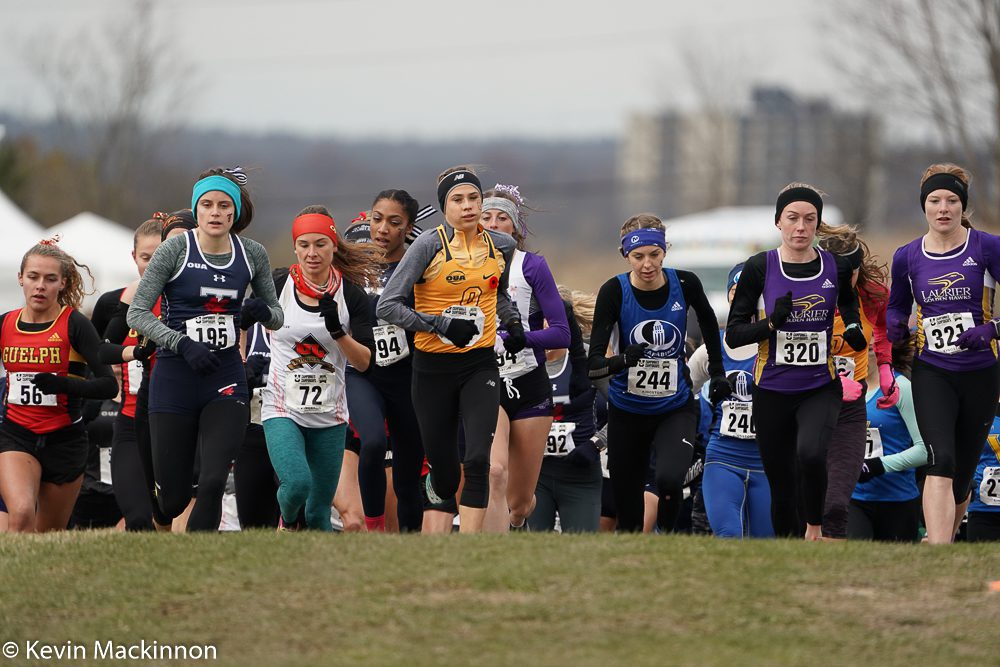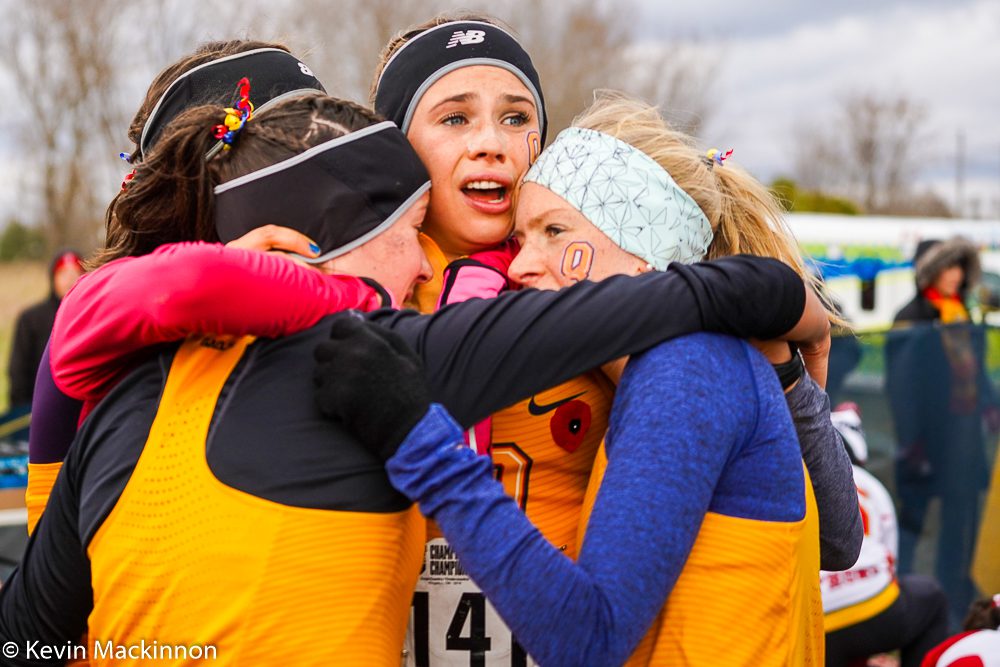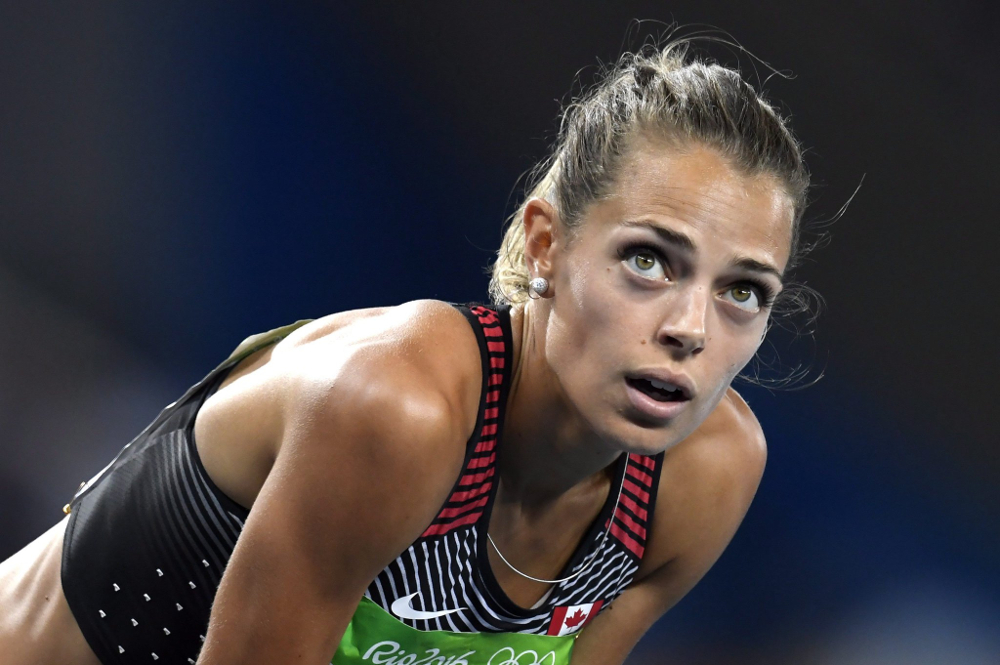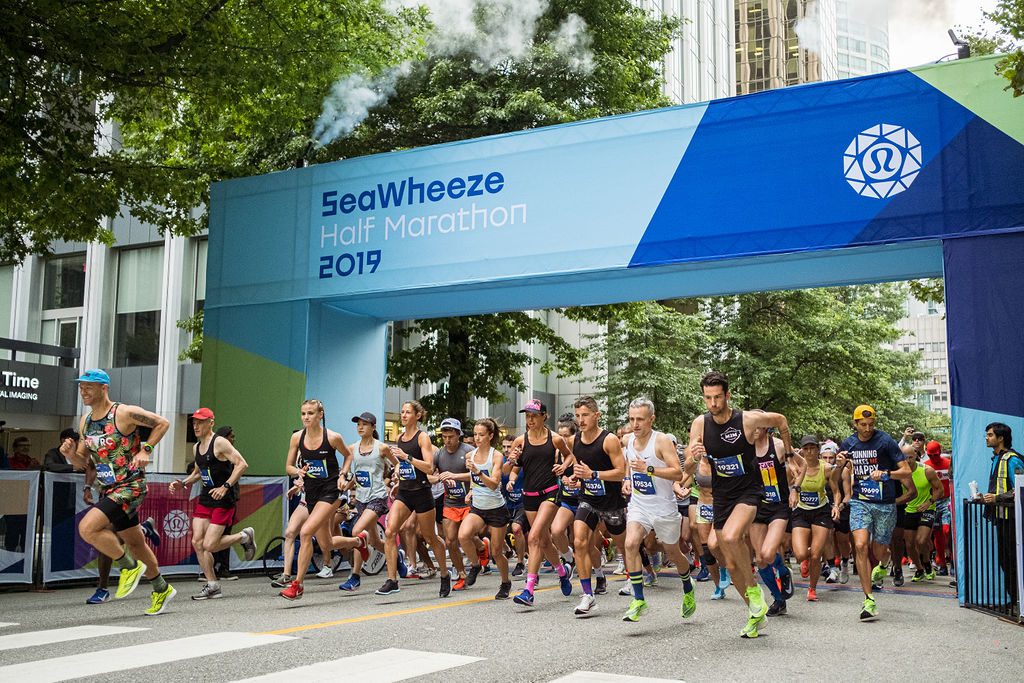Why sports medicine research needs more women
Despite accounting for a significant percentage of the sporting population, women remain largely left out of sports medicine research

At the 2020 U.S. Olympic Marathon Trials, the women’s field (all of which had to run under a 2:45:00 to qualify) was double the size of the men’s. Currently, there are more women participating in the sport of running than men, especially on the roads. Despite strong female representation at every level of the sport, the research on sports medicine for women specifically remains startlingly low.

A study out of the Queensland University of Technology found that women are included in 39 per cent of sports medicine research, whereas males account for 61 per cent of the subjects. Further, female-specific studies in sports medicine account for only 13 per cent of research, whereas male-focussed studies account for up to 34 per cent. Considering women are half of the population, these are some surprising statistics.
RELATED: Why athletes shouldn’t be concerned about their BMI
Daniel Moore is an associate professor in the Faculty of Kinesiology at the University of Toronto. Moore’s research is focussed on protein synthesis in female endurance athletes. Moore admits he’s embarrassed about how little research is done on, and for, female athletes, but he’s looking to do his part to effect change: “Coming from the research world and now having two daughters myself, I want to rectify this imbalance. We’re basing guidelines for females on research for males–that’s not right.”

Moore’s primary research is on protein metabolism, and how the body breaks itself down and repairs itself. Moore explains, “We’re looking at how the body adapts to the strain of exercise. We’re trying to understand how exercise affects our dietary needs, and we’re exploring specifically how it affects female endurance athletes.”
RELATED: Strava shows women prefer running, men prefer cycling
Moore says that researchers have found that estrogen can help mobilize and enhance fat oxidization in athletes. “Women can use fat during exercise better than men can. One of the things that we also know is that if our bodies are lacking in carbohydrates, that can also lead to an increased reliance on protein. So, since we use protein as a source of fuel, requirements can double during periods of low carbohydrate availability.” He continues, “If we know that females, or estrogen, can enhance fat oxidization [availability], when we use more fat than carbohydrates, it means that we’re burning carbs at a lower rate. So if that’s the case, you could also assume that protein needs are also reduced in females. So, depending on where women are in their [menstrual] cycle, their protein needs change.”
RELATED: What every runner can learn from Molly Seidel
Moore is choosing to study women’s protein needs during one part of their cycles, but hopes that research down the line will include protein requirements across the entirety of the cycle.

The menstrual cycle is one of the most obvious differences in male and female physiology–it’s also one of the most understudied areas of sports medicine.
Carolyn Adams is a former heptathlete on the track who works in Moore’s lab. She’s in the second year of her master’s degree, and she, too, is looking to improve physiology research for women. She explains, “The menstrual cycle can be considered a big barrier in research. The male body becomes nearly static for a long time, once it’s fully grown. Doing research on women is more difficult, because their hormones vary so much, and hormones implicate the body in so many ways.”
This becomes a double-edged sword: women are harder to research because there’s a need to control for more things, like hormonal changes, but this is also exactly why research is critical–there is so much going on in their bodies that is affecting performance. Moore and Adams are in the process of finding out how protein intake can optimize females’ recovery for endurance sport, and trying to do their part to improve sports medicine research for the female athlete. In the meantime, runners should be on the lookout for research that includes men and women to ensure that female athletes are getting adequate guidance when it comes to optimizing their performance.

